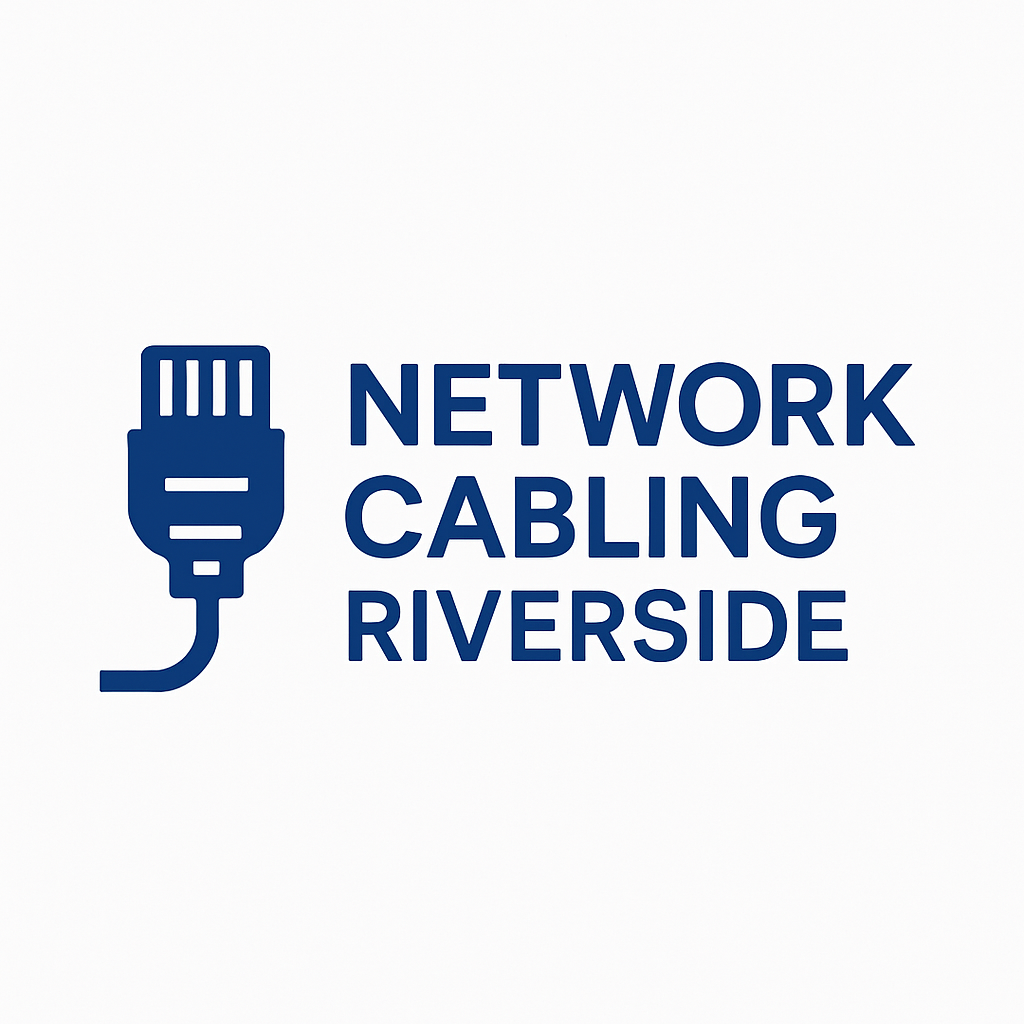Complete Guide to Network Cabling Services in Riverside, CA
In today’s connected world, reliable network infrastructure is essential for businesses and organizations. Network cabling forms the backbone of data transmission, internet connectivity, and communication systems. This guide provides a comprehensive overview of network cabling, its types, benefits, and best practices for Riverside, CA.
What is Network Cabling?
Network cabling is the structured system of cables and hardware that connects computers, servers, switches, and other network devices. Proper cabling ensures efficient data transfer, minimizes downtime, and supports the growing demands of modern digital environments.
Cabling systems are designed to handle both voice and data transmission and are essential for wired networks in offices, data centers, schools, hospitals, and other facilities.
Types of Network Cables
Understanding the different types of network cables helps in selecting the right solution for your infrastructure.
1. Ethernet Cables (Twisted Pair)
Ethernet cables, commonly known as twisted pair cables, are widely used for connecting computers and devices in a network. They come in categories such as Cat5e, Cat6, and Cat6a, with varying speeds and bandwidths.
- Cat5e: Suitable for speeds up to 1 Gbps
- Cat6: Supports up to 10 Gbps over short distances
- Cat6a: Higher performance and better resistance to interference
2. Fiber Optic Cables
Fiber optic cables use light to transmit data, providing high-speed connectivity over long distances. They are ideal for data centers, large offices, and environments requiring minimal latency.
3. Coaxial Cables
Coaxial cables are often used for video surveillance systems, television distribution, and certain legacy networking setups. They offer good shielding against electromagnetic interference.
4. Power over Ethernet (PoE) Cables
PoE cables combine data transmission and electrical power over a single cable. They are useful for IP cameras, VoIP phones, and wireless access points.
Benefits of Structured Network Cabling
Structured network cabling offers several advantages over ad-hoc wiring systems:
- Reliability: Reduced downtime due to organized and tested cabling layouts
- Scalability: Easy to expand or upgrade the network as business needs grow
- Improved Performance: High-speed data transfer with minimal interference
- Reduced Maintenance Costs: Simplifies troubleshooting and repairs
- Future-Proofing: Supports modern technologies and high-bandwidth applications
Best Practices for Network Cabling
Proper installation and maintenance ensure that your network operates efficiently. Some best practices include:
- Planning the Layout: Map out cable routes before installation to avoid clutter and interference
- Labeling and Documentation: Clearly label cables and document their paths for easier troubleshooting
- Using Quality Materials: Invest in certified cables and connectors to ensure durability
- Testing the Network: Verify performance after installation with testing equipment
- Regular Maintenance: Inspect and replace damaged or outdated cables periodically
Common Applications of Network Cabling
Network cabling is used in various environments:
- Business Offices: Connect computers, servers, and printers
- Data Centers: High-speed connections for servers and storage devices
- Educational Institutions: Support digital learning, Wi-Fi networks, and online resources
- Healthcare Facilities: Reliable connections for patient records, imaging systems, and telemedicine
- Security Systems: Powering and connecting IP cameras and access control devices
Frequently Asked Questions (FAQs)
Conclusion
Network cabling is the foundation of any efficient and reliable IT infrastructure. Understanding the different types of cables, benefits, and best practices is essential for businesses and organizations in Riverside, CA, looking to maintain a high-performance network. Proper installation and maintenance not only improve performance but also reduce costs and ensure scalability for future technology demands. Investing in structured cabling today can safeguard your network for years to come.
